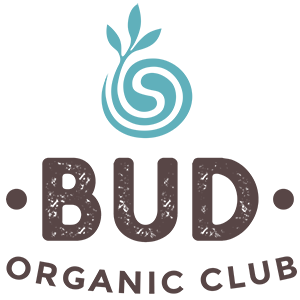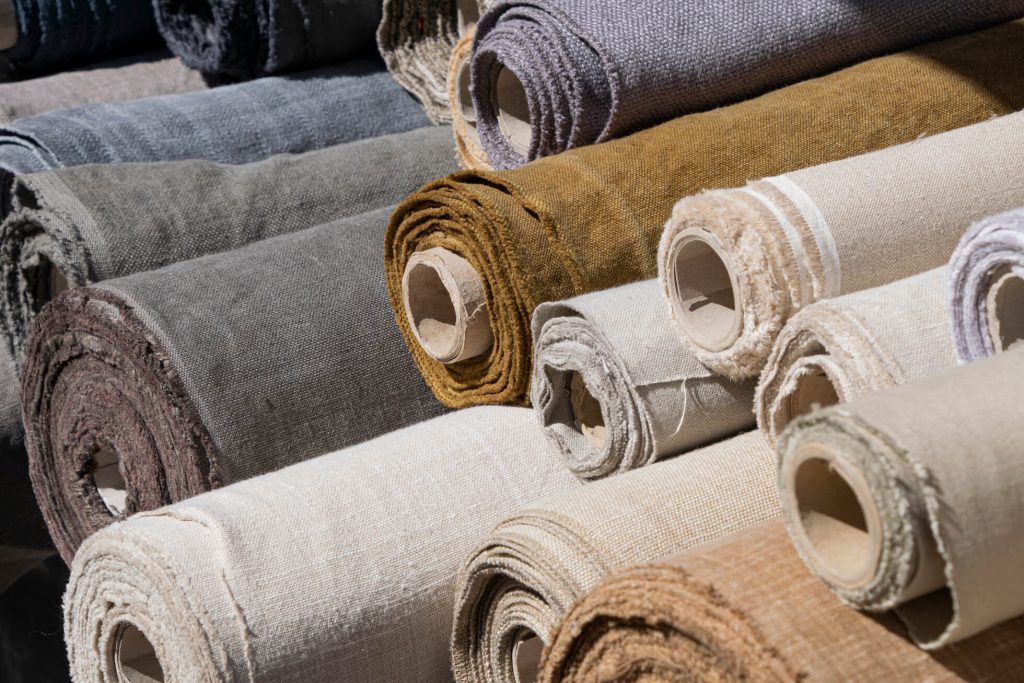Organic textiles are grown without toxic pesticides, synthetic fertilisers and genetic modification. Lots of different fibres can be organic, such as hemp, flax (linen), jute, silk and wool. However, organic cotton is one of the most commonly used materials in fashion and textiles.
Textiles are the world’s second most polluting industry. The clothing, fabrics, bedding, homewares and personal care products you choose matter! ‘Fast fashion’ is a big part of these statistics, however how the products are grown and processed is arguably more important.
In this ever-consumerist world, we seldom ask ourselves about textile products.
Who made it? How was it made? What process was used? These are the kinds of questions we should be asking ourselves before we make a purchase decision. Look at it this way; you question where your food comes from, so why don’t you do the same about the clothes you wear?
Through educating consumers, we hope you too become empowered to ask more about where your products come from.
What’s the problem with ‘Fast Fashion’?
American shoppers are buying five times more clothes than they did in the 1980s.1 The UN says that if the world’s population continues to grow, by 2050 we would need the natural resources of three planets to support us.
The fashion industry is the second-biggest consumer of water and is responsible for 8-10% of global carbon emissions – more than all the world’s international flights and maritime shipping combined.
On top of this, it’s estimated that one-third of clothes in UK wardrobes haven’t been worn in the last year. One answer to fast fashion is to buy less. Another is to choose sustainable, eco-friendly clothing, made from materials like organic textiles. As more people choose organic, brands are ‘cottoning on’ and starting to source more clothes which are responsibly made.
What is Organic Cotton?
Cotton clothing originally started life as a plant. Once the cotton plant has flowered, they drop, leaving a ripening seed pod that becomes the cotton ‘boll’ (the fruit) after pollination. The cotton fibre is then harvested from the immature seeds in the boll. The separation of seeds and fibre is known as ‘ginning’. This fluffy fibre is then spun into thread that is woven into the final product you wear.
There are several sustainable kinds of cotton available, however, certified organic remains the only option that doesn’t use synthetic and persistent pesticides, fertilisers or chemicals.
Unless the product is certified organic, organic cotton can be processed using the same dyes, fabrication, and finishes as conventional cotton.2 Currently, 70% of the global organic cotton is produced by two single countries, Turkey and India.3
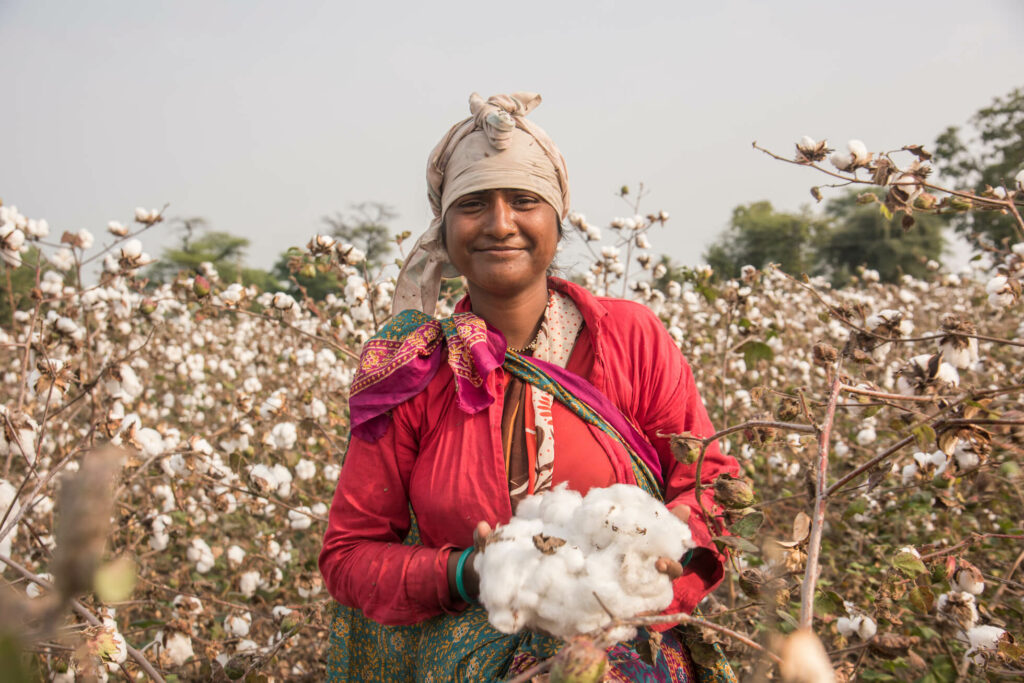
Australian Cotton
Unfortunately, since 2019, there are no organic cotton growers left in Australia. This is due to our unpredictable and changing climate, the high-water requirements for cotton plants, lack of organic processing facilities and the increased pest risks associated with organic cotton farming.
The native bud worm and the fall army worm have the potential to devastate Australian cotton crops. When cotton is grown in monoculture (growing a single species of crop in a field at one time) without appropriate crop rotations and therefore good soil health, large amounts of insecticide is needed to control these pests. Instead of exploring alternatives, the Australian cotton industry partnered with an American agrochemical corporation to breed cotton with soil bacteria Bacillus thuringiensis (Bt) within the plant (GMOs). Those genes produce proteins in the cotton leaves, killing the caterpillars that eat them. A whopping 99.58% of Australian cotton is now genetically modified.4
GMOs and synthetic pesticides are not allowed within organic agriculture.
Environmental Benefits
Conventional cotton has “earned” the title of being the dirtiest crop on earth. It uses 2.5% of the world’s agricultural land and consumes 16% of the world’s insecticides, costing over $2 billion USD in pesticides annually.5 It is one of the most significant global crops after food grains and soybeans. Synthetic pesticides and insecticides used in cotton production contaminate the soils we use to grow crops, the air we breathe and the water we drink.
Global use of non-organic cotton releases huge amounts of greenhouse gas into our atmosphere, estimated to be over 220 million tonnes annually. To put this into perspective, 1 tonne of conventional cotton produces 1.8 tonnes of CO2, whilst organic cotton produces just 978kg per tonne – 46% less CO2.6
This difference is due to the lower amounts of inputs required by organic farming, particularly manufactured synthetic fertiliser, irrigation programs and pesticide application.7 Organic cotton is grown using methods and materials that have a low impact on the environment. This includes the use of natural rainfall and non-irrigated methods of watering. Organic farming systems replenish and maintain soil fertility and promote a biologically diverse farming environment.
Growing cotton organically reduces its negative impact on the environment. Organic cotton growers use beneficial insects to control unwanted pests instead of relying on harmful chemicals, thus encouraging biodiversity.8 The damage caused to humans and the environment by growing non-organic cotton is immense and not limited to climate change.9
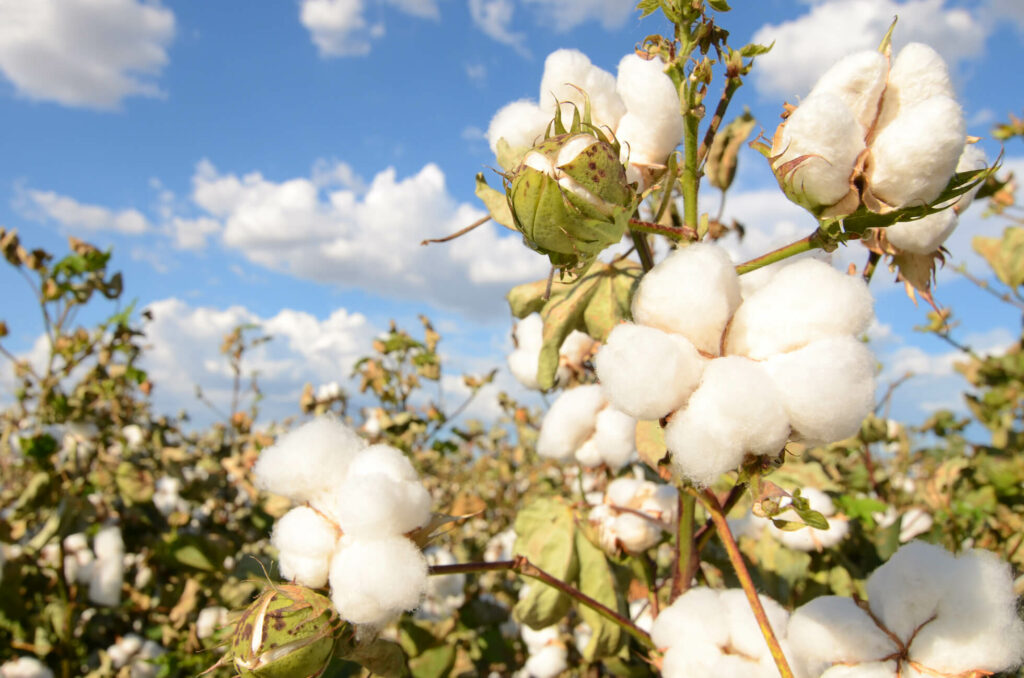
Potential Health Benefits
Organic textiles are made in a responsible way – chemically, socially, and environmentally. There is an overwhelming body of research that shows higher rates of serious diseases from exposure to synthetic agricultural chemicals (e.g. farmers or farm workers who handle chemicals) or from physical proximity to chemical-based farming communities (e.g. people who live near farms that regularly use synthetic chemicals).
The Agricultural Health Study, funded by the National Cancer Institute and the National Institute of Environmental Health Sciences, is one of the largest ongoing health studies with over 89,000 participants from farming communities. It reveals higher incidents of cancer (including prostate cancer), Parkinson’s disease, diabetes, thyroid disease and asthma associated with pesticide application.10
Non-organic cotton goes through several finishing processes such as bleaching, printing, dyeing, impregnating, coating, and plasticising before it reaches our shelves. Conventional textile production uses numerous synthetic chemical pollutants and dyes (which contain carcinogenic amines), metals, pentachlorophenol, chlorine bleaching, halogen carriers, free formaldehyde, biocides, fire retardants, and softeners.11 A whole lot of frightening words that can do a whole lot of harm!
Certified organic standards ensure that any inputs used in organic cotton processing, such as dyes and inks, comply with strict biodegradability and toxicity requirements. Processing factories must also have functioning wastewater treatment plants to protect local ecosystems and water supplies. Certified organic cotton products do not contain any allergenic, carcinogenic, or toxic chemical residues.
Various skin allergies can be directly related to the synthetic chemicals used in non-organic cotton farming. Many people with skin problems report a dramatic improvement in their skin condition once they switch to organic, and for good reason.
Do you really want to wear the “dirtiest crop” on your skin? What about your children? Babies and young children are the most vulnerable to health issues related to pesticides residues.12 When you choose to use organic cotton, you ensure your children are protected from exposure to these harmful substances and ensure a safe and healthy sleeping environment when you choose organic cotton sheets. By choosing to buy organic textiles, you are enhancing the health of humans, animals and natural resources around the world.
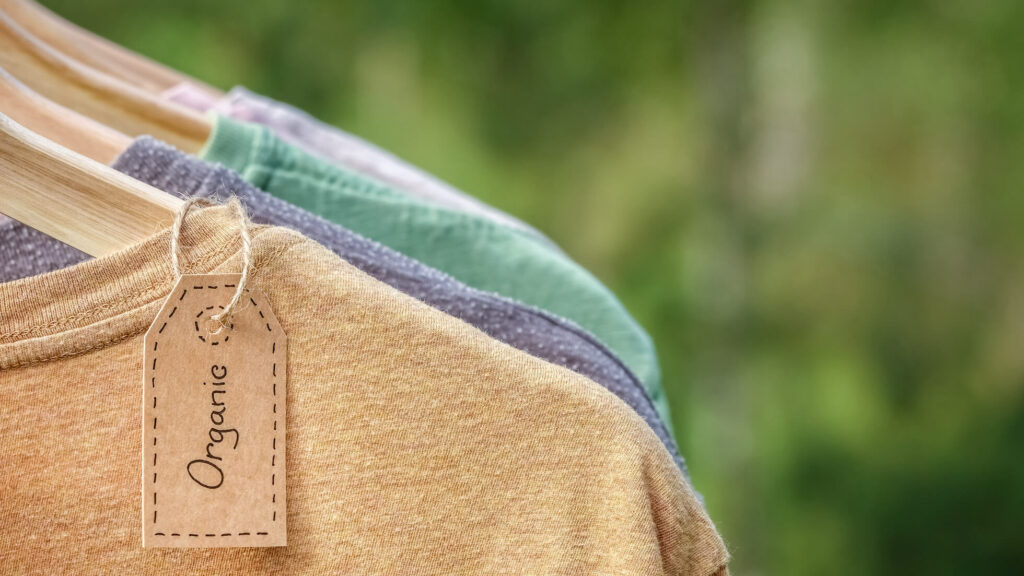
Price Differentiation
Organic textile wholesalers are small operators with a limited number of organic textile producers to work with, meaning they may not have the same economies of scale than larger companies. This leads to the price differentiation between organic and non-organic products. Organic certification fees also cover all aspects of organic textile production, from soil to finished garment, and incur additional costs along the way. Organic certification is required to ensure producers adhere to strict organic standards, and that consumers can be certain they are purchasing genuine organic products.
Organic textile certification also addresses the ethical side of textile production. Poor working conditions and child labour issues continue to plague the clothing industry. Cheap clothes come at a cost to the employees and the environment. Certified organic textiles provide a healthy and ethical alternative. So, the higher price you may pay for a certified organic product takes into account all of these factors. By choosing, organic, you can be sure you are making a better choice all-round!
Check for Certification Logos
Textiles can be labelled as ‘organic’ without being certified, regardless of the organic natural fibre content. Organic certification is valuable in creating trust for the claims that are made about organics. Certified organic products provide assurance that every stage of the process from soil to garment is regulated. Next time you purchase organic products, make sure you look out for a certification mark, such as the Australian Certified Organic Bud logo, as a guarantee that you are buying a genuine organic product.
Want to learn more?
Check out these other articles:

Image credits – Shutterstock
References
1 The Wall Street Journal (2019) ‘The High Price of Fast Fashion.’ Available at: https://www.wsj.com/articles/the-high-price-of-fast-fashion-11567096637
2 Cotton Australia (2022) ‘Organic Cotton’. Available at: https://cottonaustralia.com.au/organic-cotton
3 International Trade Centre (2022) ‘Future development of the organic cotton market’. Available at: https://www.intracen.org/Future-development-of-the-organic-cotton-market/
4 Cotton Australia. Available at: https://cottonaustralia.com.au/fact-sheet
5 Environmental Justice Foundation (2007) ‘The Deadly Chemicals in Cotton’ (in collaboration with the Pesticide Action Network UK) 8. Available at: https://ejfoundation.org/resources/downloads/the_deadly_chemicals_in_cotton.pdf (accessed August 2015)
6 Carbon Trust (2011) ‘International Carbon Flows – Cotton’ 1. Available at https://prod-drupal-files.storage.googleapis.com/documents/resource/public/International%20Carbon%20Flows%20-%20Cotton%20-%20REPORT.pdf (accessed August 2015)
7 Textile Exchange and PE International (2014) Op. Cit. 52
8 Textile Exchange (2017) ‘Quick Guide to Organic Cotton’. Available at: https://textileexchange.org/quick-guide-to-organic-cotton/
9 Soil Association (2015) ‘Cool Cotton: Organic cotton and climate change’. Available at: https://www.soilassociation.org/media/6491/cool-cotton-organic-cotton-and-climate-change-2015.pdf
10 Various sources. Available at: https://aghealth.nih.gov/news/publications.html
11 Brigden, K., Labunska, I., House, E., Santillo, D., & Johnston, P. (2012). Hazardous chemicals in branded textile products on sale in 27 countries during 2012. Greenpeace Research Laboratories Technical Report 06− 2012.
12 Eyupoglu, S. (2019). Organic Cotton and Environmental Impacts. In Organic cotton (pp. 157-176). Springer, Singapore.
